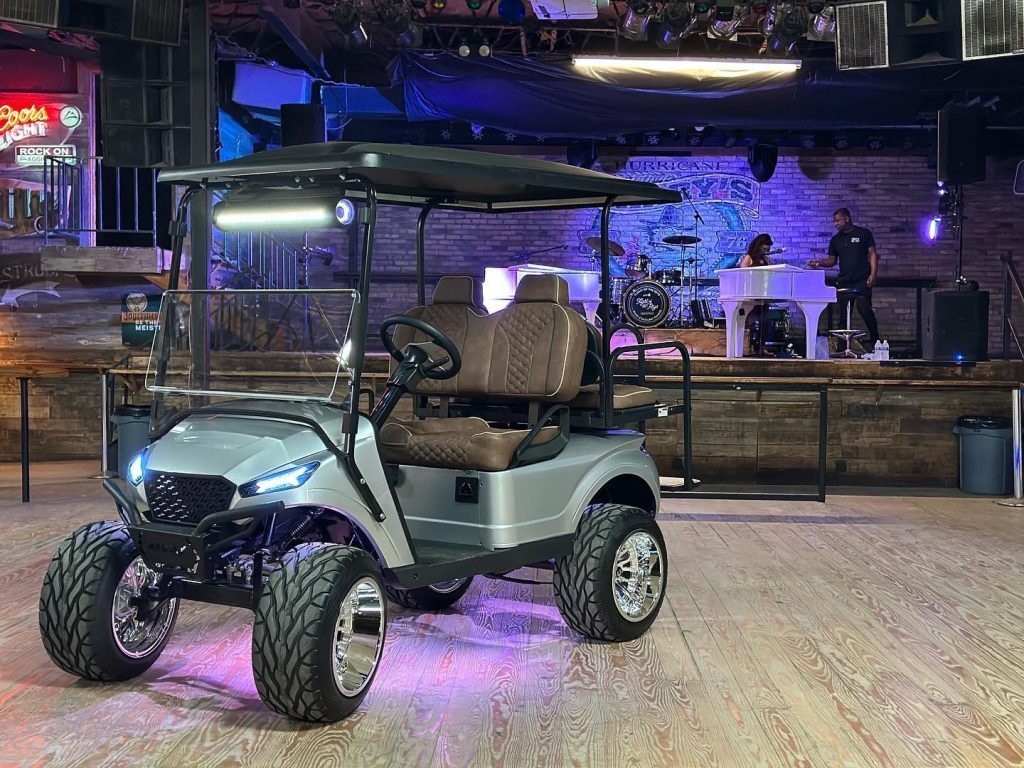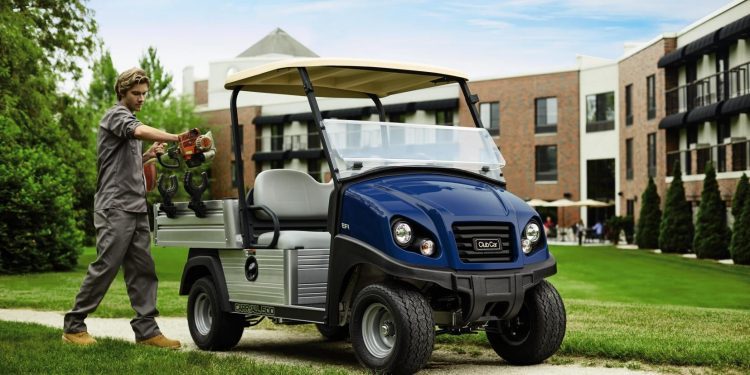Could the golf car EV trend happen here?
Words NZ Autocar | Images Aggieland Golf Carts
In the US, electric golf carts are becoming increasingly used as second cars. And in many places the authorities are encouraging their use.

Today’s golf carts are generally simple mobility buggies with few frills but increasingly they boast improved battery life thanks to lithium-ion tech, better power with higher quality brushless electric motors, greater creature comforts and improved safety features.
They are also versatile and customisable. They can be adapted to carry cargo, making them useful for a number of different tasks. Some are being fitted with truck-style load beds. Other options include the likes of rain covers and removable doors, leather upholstery, entertainment systems, special paint and even lift kits.
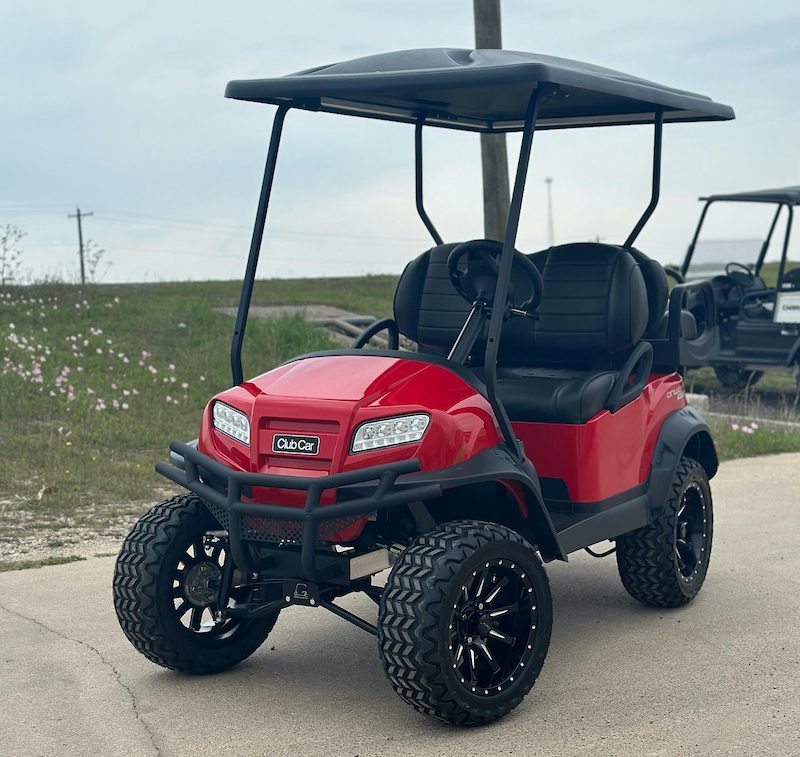
Modern electric golf carts now offer smooth and silent rides with ranges easily sufficient to cover short daily commutes. That convenience, combined with them being allowed to travel on smaller public roads in selected towns, has helped many families replace the need for a second car.
In some resort towns, there’s even provision for golf cart parking. Local supermarkets and restaurants in these towns have car parks full of carts.
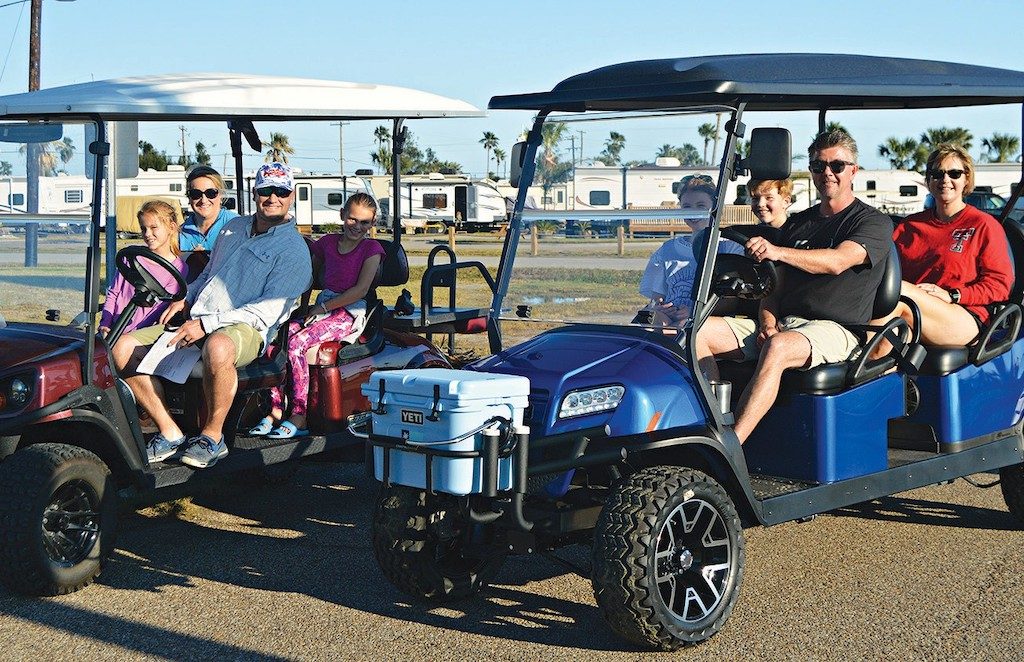
Some smaller cities not only allow golf carts to be operated on many of their public roads but also have smaller paths designed for general use by bikes, scooters, and golf carts, avoiding regular streets that are filled with bigger, faster vehicles.
The affordability of electric golf carts is driving their popularity. With prices much lower than those of average cars, and nominal operating costs, electric carts present an economically appealing alternative.
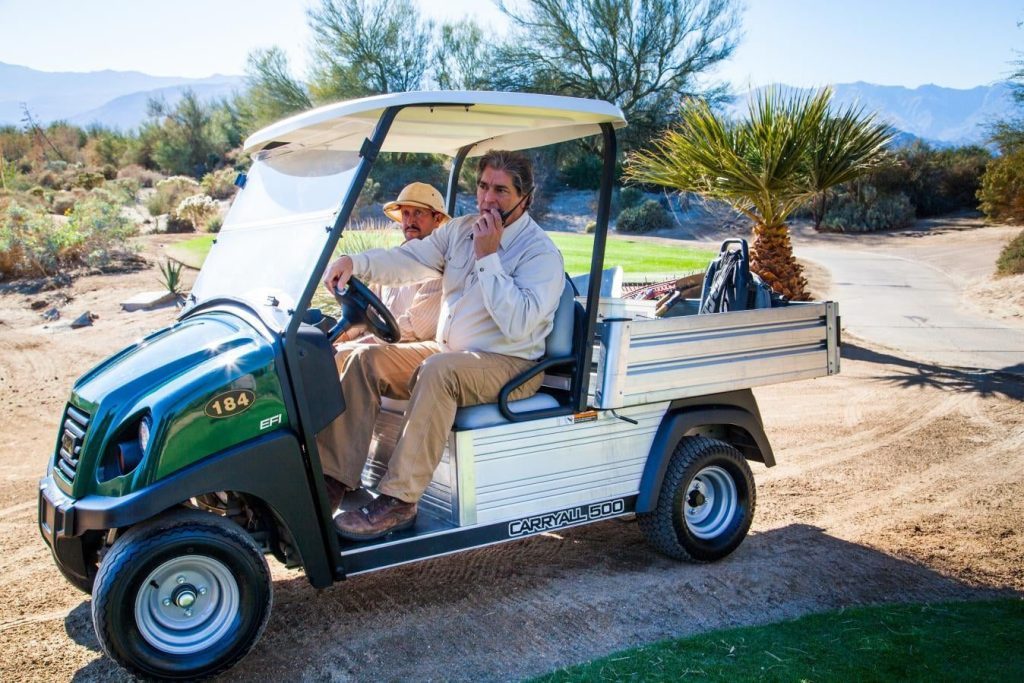
The reduced maintenance needs and low running costs make them a sensible choice for budget-conscious consumers. A typical recharge can cost as little as one dollar. The environmental factor is seen as an added bonus. A much smaller environmental footprint and lighter weight along with less tyre-related pollution are also seen as desirable factors.
Their compact size makes them easy to park and their 40km/h top speed makes them adequate and sensible for residential areas.
It’s not just retirees driving the trend either, as golf carts are handy for school drop-offs, and visiting local parks with the kids and/or the dog.
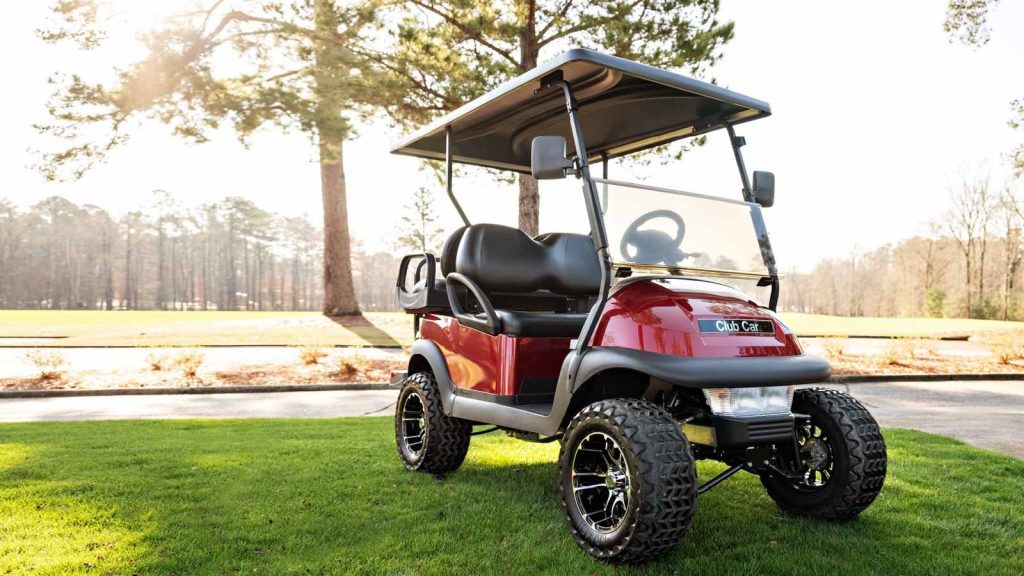
Manufacturers have joined in, modifying many of their models into LSVs, or Low Speed Vehicles. The LSV category is “a federally approved category that allows vehicles that meet certain safety regulations to operate on roads with speed limits of up to 56km/h”. This regulatory support further boosts the viability of golf carts as second cars.
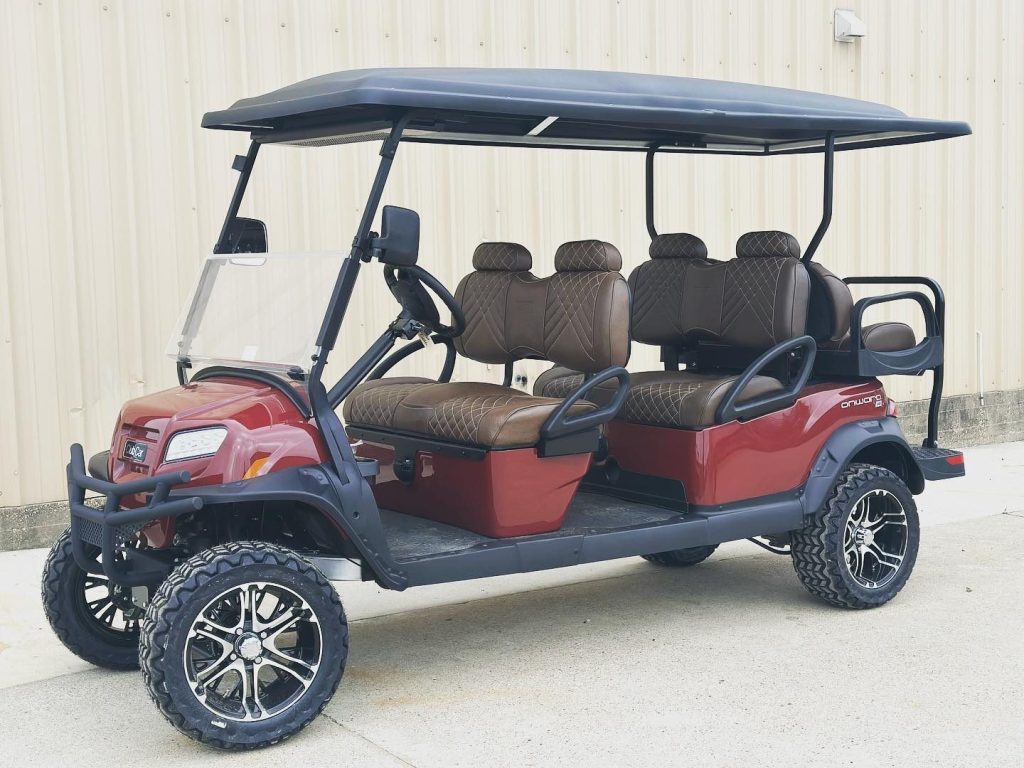
They may have few safety features but when used primarily for short distances, especially on dedicated roads, the risks are largely neutralised. Newer examples have head- and taillights, safety belts, mirrors, turn signals and more efficient braking systems.
These humble carts have seemingly driven beyond the golf course and straight into the hearts of American families. There some street-legal golf carts that meet the requirements of low-speed vehicles (LSVs) and thus can be registered and insured for road use.
In New Zealand, golf carts are not permitted on road. They are not classed as mobility vehicles either so cannot be used on footpaths. They may be used on private roads.
